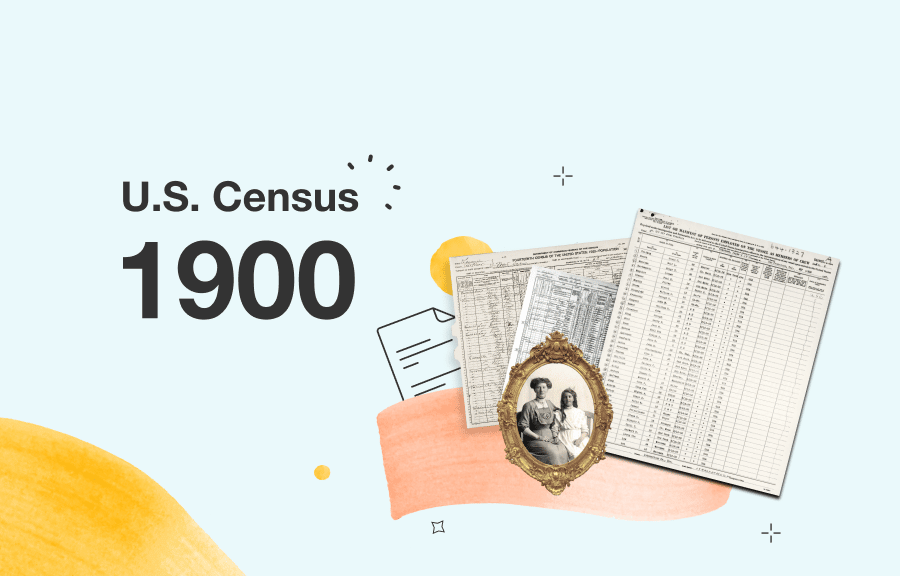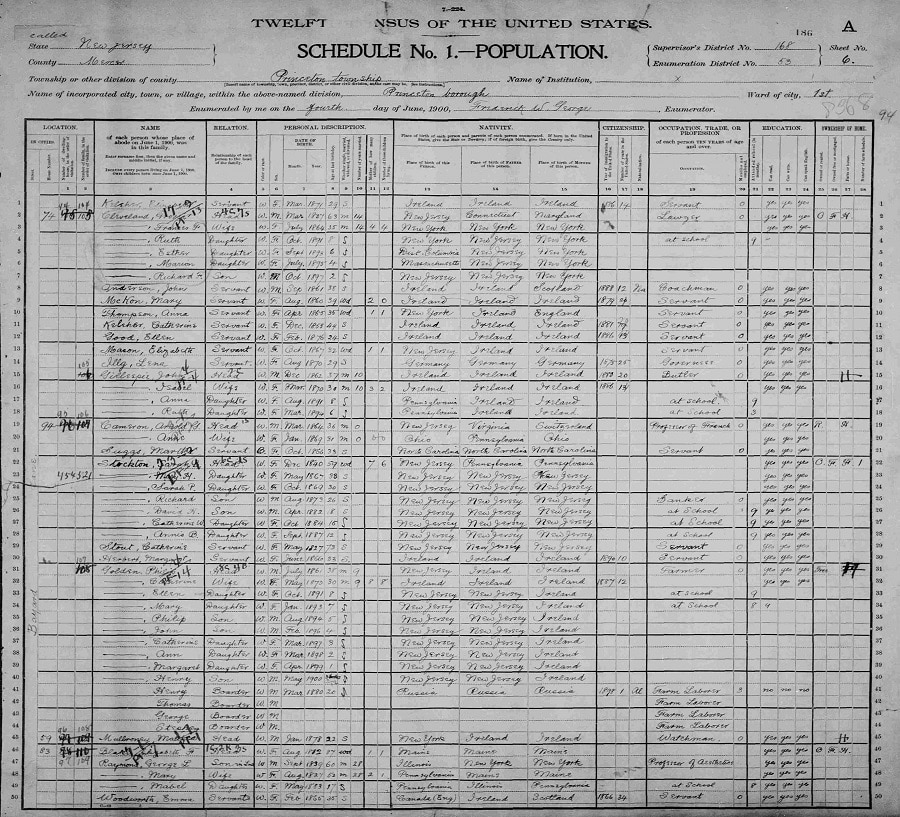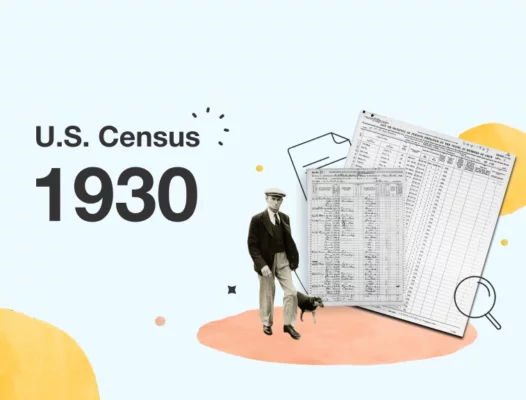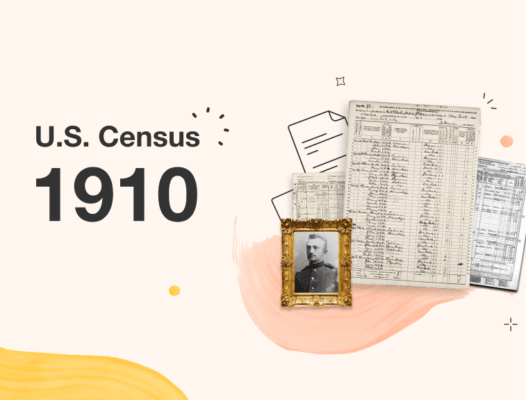The 1900 U.S. Census: Discover Your Family History from 1900

The 1900 U.S. Census was taken in June of 1900, about six months into the new century. The United States was in a strong position at the time: the Western frontier had been fully settled and the U.S. was the world’s largest producer of both steel and agricultural goods. With its quick and decisive victory in the Spanish-American War of 1898, the United States emerged as the only dominant power in the Western Hemisphere.
The U.S. population in 1900 was found to be 76,212,168, a 21.01% growth compared to the 62,979,766 people counted in 1890. Read on to learn more about what you can learn about your ancestors in the 1900 U.S. Census.
What can the 1900 Census show us about our ancestors?
The 1900 Census records provide a snapshot of people living in the United States at the turn of the century. Among the
- Name
- Age
- Month and year of birth
- Place of residence
- Place of birth
- Gender
- Race
- Whether they could read and write
- How many months they had attended school
- Whether they spoke English
- Occupation
- Whether they owned or rented their home
See below for a full list of the questions included on the 1900 census.
What changed from the 1890 Census to the 1900 Census?
The 1900 U.S. Census was the first census to specify the birth month and year of each person recorded. To the dismay of many family history researchers, the question was dropped in subsequent censuses and didn’t return until the 1960 census requested each person’s full date of birth.
Interestingly, the government asked residents whether they had fought in the Civil War in both 1890 and 1910, but chose to leave that question out in 1900. Additional questions that appeared in 1890 but were omitted in 1900 included detailed (and by today’s standards, quite invasive) queries about various ailments and physical defects the person might suffer from. The 1890 census also asked whether the person was a “prisoner, convict, homeless child, or pauper,” and the 1910 census did not.
Searching the 1900 Census on MyHeritage
While census records are available to the public on the National Archives website, searching on MyHeritage offers invaluable additional benefits:
- Advanced search capabilities: Using MyHeritage’s search engine, you can search for your ancestors according to any criteria and not just home address or enumeration district. MyHeritage’s sophisticated search algorithms can even identify nicknames and name variations from other languages.
- Easily flip between records within the family: MyHeritage allows you to easily flip between census records of individuals in the same family group. Family members are listed on the record page, and you can click their names to go to their records.
- Explore related records: When you are viewing records on MyHeritage, you’ll see additional historical records that mention the person you are researching. Our database includes more than 16 billion records and is constantly growing.
- Receive automatic Record Matches: When you build a family tree on MyHeritage, you won’t even need to search actively. MyHeritage finds historical records that mention the people in your family tree and delivers them straight to your inbox.
- Extract new information straight to your family tree: Extracting information from historical records and placing it on your online family tree is as simple as a few clicks on MyHeritage.
Get more great tips by watching Preparing for the 1950 Census: How-to Search the U.S. Census Records:
What does a 1900 Census record look like?
The record below from the 1900 U.S. Census lists President Grover Cleveland, who had finished his second presidential term 3 years prior, living with his wife, 4 children, and 7 servants. You can find him on line 2. Click the image to zoom
Questions included in the 1900 Census form
The 1900 Census contained 29 questions as follows:
LOCATION
Street.
House Number.
- Number of dwelling house, in order of visitation.
- Number of family, in the order of visitation
NAME:
- Name of each person whose place of abode on June 1, 1900, was in this family.
RELATION:
- Relationship of each person to the head of the family
PERSONAL DESCRIPTION
- Color or race.
- Sex.
- DATE OF BIRTH: Month, Year.
- Age at last birthday.
- Whether single, married, widowed, or divorced.
- Number of years married.
- Mother of how many children.
- Number of those children living.
NATIVITY.
- Place of birth of this Person.
- Place of birth of Father of this person.
- Place of birth of Mother of this person.
CITIZENSHIP.
- Year of immigration to the United States.
- Number of years in the United States.
- Naturalization.
OCCUPATION, TRADE, OR PROFESSION
- Occupation.
- Months not employed.
EDUCATION.
- Attended school (in months)
- Can read.
- Can write.
- Can speak English.
OWNERSHIP OF HOME.
- Owned or rented.
- Owned free or mortgage.
- Farm or house.
- Number of farm schedule.
Were your ancestors living in the United States at the dawn of the 20th century? Find them in the 1900 U.S. census on MyHeritage and make new discoveries about them!




